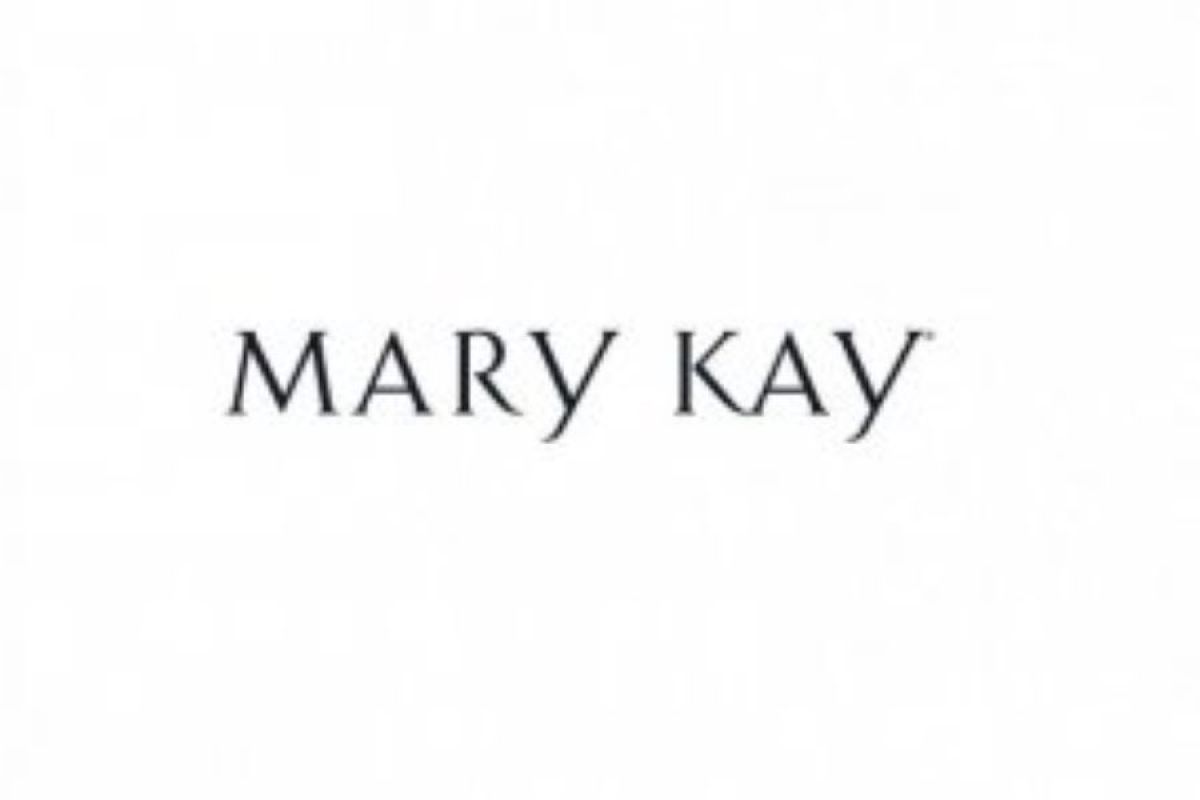Mary Kay Unveils 2025 Sustainability Report, Underscoring – CSRwire

Mary Kay Inc. 2025 Sustainability Report: Progress and Commitments Aligned with UN SDGs
Introduction
Mary Kay Inc. has released its 2025 Sustainability Report, detailing the company’s 2024 achievements and progress toward its 2030 commitments. The report outlines a comprehensive strategy focused on environmental, social, and economic sustainability, with all initiatives aligned with the United Nations Sustainable Development Goals (SDGs). The company’s efforts are rooted in its mission to enrich women’s lives globally.
Environmental Sustainability Initiatives
Responsible Consumption and Production (SDG 12)
- Responsible Packaging: The company reaffirmed its commitment to reduce plastic intensity and increase the use of post-consumer recycled (PCR) content. The Mary Kay TimeWise® Targeted-Action® Toning Lotion bottle, for example, contains 94% PCR content. Efforts also focus on increasing the volume of recycle-ready and recyclable packaging.
- Sustainable Sourcing: As of 2024, 93% of the palm oil used by suppliers is certified by the Roundtable on Sustainable Palm Oil (RSPO). Additionally, 80% of the shea used was sourced from Global Shea Alliance (GSA) member suppliers, promoting responsible supply chains.
Clean Water and Sanitation (SDG 6)
- Water Management: At the Richard R. Rogers (R3) global manufacturing and R&D facility, 100% of the water utilized is treated and recycled back into the local watershed, demonstrating a commitment to responsible water stewardship.
Life on Land and Partnerships for the Goals (SDG 15 & SDG 17)
- Ecosystem Preservation: The company continues its long-standing partnerships to protect biodiversity.
- A 37-year partnership with The Nature Conservancy (TNC) has supported 100 conservation projects.
- A 16-year partnership with the Arbor Day Foundation (ADF) has resulted in 34 ecosystem preservation projects globally.
Social Sustainability and Empowerment
Gender Equality and Women’s Empowerment (SDG 5)
- Global Impact Programs: Over 600,000 women have been positively impacted through various programs as of 2024.
- Female Leadership: Women constitute 63% of Mary Kay’s global workforce. In the company’s top 10 markets, 57% of leadership positions are held by women, and the Executive Team is 60% female.
Quality Education (SDG 4)
- Future of STEM: To encourage female participation in science, technology, engineering, and mathematics, Mary Kay awarded 37 grants to young women from 16 countries. An additional 8 grants were awarded to female students through the “Madam C.J. Walker Scholarships” in partnership with the Society of Cosmetic Chemists (SCC).
- Impact Partnerships: The company served as a special award organization at the 2024 International Science and Engineering Fair (ISEF).
Decent Work and Economic Growth (SDG 8)
- Digitalization and Entrepreneurship: The company launched the “Phygital” campaign in Mexico and Brazil to enhance the digital selling experience for its Independent Beauty Consultants (IBCs), with a planned expansion to Colombia in 2025.
- Global Expansion: The company expanded its operational footprint into Kyrgyzstan, providing new entrepreneurial opportunities.
Global Partnerships and Philanthropy (SDG 17, SDG 1, SDG 3)
- Community Investment: Through its Pink Changing Lives® initiative, Mary Kay Inc. and its sponsored foundations have donated $230 million USD in monetary and in-kind contributions since 1996.
- Policy Advocacy: The company engaged with over 100 trade associations globally on policy issues. In Brazil, Mary Kay contributed to the G20 Employment & Education Task Force (B20) Policy Paper.
Corporate Recognition and Economic Impact
Industry, Innovation, and Social Impact (SDG 9)
Mary Kay’s commitment to sustainable and ethical business practices has resulted in significant industry recognition, reinforcing its positive social and economic impact.
- In 2025, Forbes ranked Mary Kay Inc. #9 on its list of Best Brands for Social Impact, evaluating nearly 3,900 brands. Mary Kay was the only beauty brand in the Top 10 and the sole direct selling company on the list.
Analysis of Sustainable Development Goals in the Article
1. Which SDGs are addressed or connected to the issues highlighted in the article?
-
SDG 4: Quality Education
- The article highlights Mary Kay’s commitment to education, particularly for women in STEM fields. This is demonstrated through the awarding of grants and scholarships to support young women pursuing careers in science.
-
SDG 5: Gender Equality
- This is a central theme of the article. Mary Kay’s mission of “enriching women’s lives,” its focus on women’s empowerment programs, and the high representation of women in its workforce and leadership positions directly address this goal.
-
SDG 6: Clean Water and Sanitation
- The article mentions the company’s water management practices, specifically the treatment and recycling of 100% of the water used at its Texas manufacturing facility, which contributes to sustainable water management.
-
SDG 8: Decent Work and Economic Growth
- The company’s business model is presented as a means of economic empowerment and entrepreneurship for women. The article discusses advancing economic inclusion, unleashing entrepreneurship through digitalization, and advocacy on policy issues related to direct selling.
-
SDG 12: Responsible Consumption and Production
- The article details Mary Kay’s efforts in responsible packaging by reducing plastic and using post-consumer recycled (PCR) content. It also mentions sustainable sourcing of key ingredients like palm oil and shea, aligning with the principles of sustainable production patterns.
-
SDG 15: Life on Land
- The company’s long-term partnerships with The Nature Conservancy and the Arbor Day Foundation to support conservation projects and preserve ecosystems directly relate to protecting terrestrial ecosystems and biodiversity.
-
SDG 17: Partnerships for the Goals
- The article explicitly lists numerous partnerships with organizations like The Nature Conservancy, the Arbor Day Foundation, the Global Shea Alliance, and engagement with the G20 Task Force. These collaborations are key to achieving sustainability objectives.
2. What specific targets under those SDGs can be identified based on the article’s content?
-
SDG 4: Quality Education
- Target 4.4: “By 2030, substantially increase the number of youth and adults who have relevant skills, including technical and vocational skills, for employment, decent jobs and entrepreneurship.” This is addressed through the “37 grants awarded to young women from 16 countries pursuing STEM careers” and the “8 grants awarded to female students through the ‘Madam C.J. Walker Scholarships’.”
-
SDG 5: Gender Equality
- Target 5.5: “Ensure women’s full and effective participation and equal opportunities for leadership at all levels of decision-making in political, economic and public life.” The article supports this by stating that “63% of the global workforce at Mary Kay are female and 57% of leadership positions are held by women in our top 10 markets. 60% of our Executive team is female.”
- Target 5.b: “Enhance the use of enabling technology, in particular information and communications technology, to promote the empowerment of women.” This is reflected in the company’s efforts in “accelerating digitalization efforts to unleash entrepreneurship” and launching the “Phygital” campaign to reimagine the digital selling experience.
-
SDG 6: Clean Water and Sanitation
- Target 6.3: “By 2030, improve water quality by… substantially increasing recycling and safe reuse globally.” The company’s action of treating and recycling “100% of the water used at our Richard R. Rogers (R3) global R&D and Manufacturing facility” directly contributes to this target.
-
SDG 8: Decent Work and Economic Growth
- Target 8.5: “By 2030, achieve full and productive employment and decent work for all women and men… and equal pay for work of equal value.” The article’s focus on empowering women “to define their own futures through education, mentorship, advocacy, and innovation” and impacting “600K+ women positively” through empowerment programs aligns with this target.
-
SDG 12: Responsible Consumption and Production
- Target 12.5: “By 2030, substantially reduce waste generation through prevention, reduction, recycling and reuse.” This is addressed by the commitment to “reducing plastic intensity, increase post-consumer recycled content (PCR), and increase recycle-ready/recyclable packaging.”
- Target 12.2: “By 2030, achieve the sustainable management and efficient use of natural resources.” This is supported by the sustainable sourcing practices mentioned, such as using “93% of Roundtable on Sustainable Palm Oil (RSPO) certified Palm Oil” and sourcing “80% of our Shea use… from the Global Shea Alliance (GSA) member suppliers.”
-
SDG 15: Life on Land
- Target 15.1: “By 2020, ensure the conservation, restoration and sustainable use of terrestrial and inland freshwater ecosystems and their services…” The “37-year partnership with The Nature Conservancy (TNC) representing 100 conservation projects supported” directly addresses the conservation and restoration of ecosystems.
-
SDG 17: Partnerships for the Goals
- Target 17.17: “Encourage and promote effective public, public-private and civil society partnerships…” The article showcases this through its partnerships with TNC, the Arbor Day Foundation (ADF), the Global Shea Alliance (GSA), the Society of Cosmetic Chemists (SCC), and its contribution to the G20 Employment & Education Task Force.
3. Are there any indicators mentioned or implied in the article that can be used to measure progress towards the identified targets?
-
For SDG 4 (Quality Education):
- Number of grants awarded to women in STEM (37 grants).
- Number of scholarships awarded (8 scholarships).
- Number of countries represented by grant recipients (16 countries).
-
For SDG 5 (Gender Equality):
- Percentage of female employees in the global workforce (63%).
- Percentage of leadership positions held by women (57%).
- Percentage of the executive team that is female (60%).
- Number of women positively impacted by empowerment programs (600K+).
-
For SDG 6 (Clean Water and Sanitation):
- Percentage of water treated and recycled at the specified facility (100%).
-
For SDG 12 (Responsible Consumption and Production):
- Percentage of post-consumer recycled (PCR) content in specific products (e.g., 94% in the TimeWise® Toning Lotion bottle).
- Percentage of certified sustainable palm oil used by suppliers (93% RSPO certified).
- Percentage of shea sourced from GSA member suppliers (80%).
-
For SDG 15 (Life on Land):
- Number of conservation projects supported in partnership with TNC (100 projects).
- Number of ecosystem preservation projects with ADF (34 projects).
-
For SDG 17 (Partnerships for the Goals):
- Number of trade associations engaged with globally (100+).
- Specific partnerships mentioned (TNC, ADF, GSA, SCC, G20 B20).
4. Table of SDGs, Targets, and Indicators
| SDGs | Targets | Indicators |
|---|---|---|
| SDG 4: Quality Education | 4.4 Increase the number of youth and adults with relevant skills for employment and entrepreneurship. |
|
| SDG 5: Gender Equality | 5.5 Ensure women’s full participation and equal opportunities for leadership.
5.b Enhance the use of enabling technology to promote women’s empowerment. |
|
| SDG 6: Clean Water and Sanitation | 6.3 Improve water quality by increasing recycling and safe reuse. |
|
| SDG 8: Decent Work and Economic Growth | 8.5 Achieve full and productive employment and decent work for all. |
|
| SDG 12: Responsible Consumption and Production | 12.5 Substantially reduce waste generation.
12.2 Achieve sustainable management and efficient use of natural resources. |
|
| SDG 15: Life on Land | 15.1 Ensure the conservation and restoration of terrestrial ecosystems. |
|
| SDG 17: Partnerships for the Goals | 17.17 Encourage and promote effective public-private and civil society partnerships. |
|
Source: csrwire.com

What is Your Reaction?
 Like
0
Like
0
 Dislike
0
Dislike
0
 Love
0
Love
0
 Funny
0
Funny
0
 Angry
0
Angry
0
 Sad
0
Sad
0
 Wow
0
Wow
0







































































